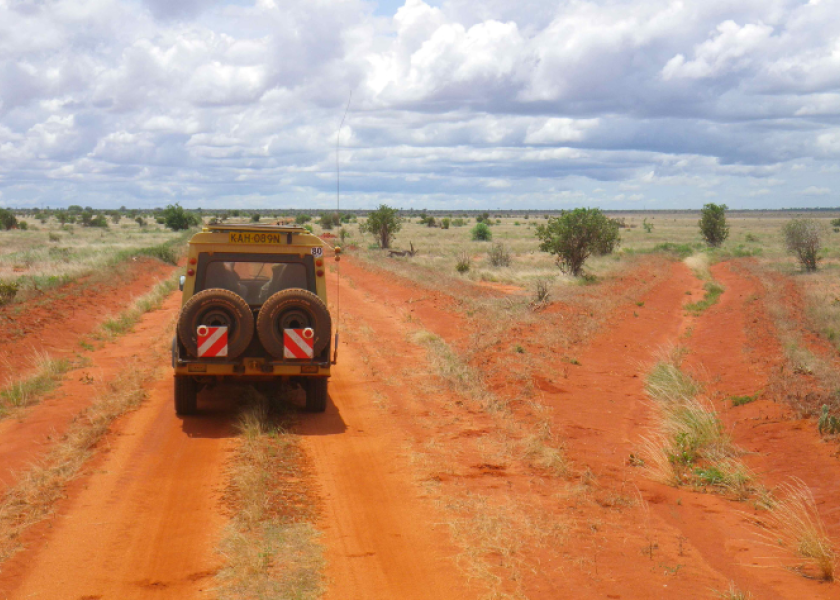Africa Offers Opportunities In U.S. Beef and Pork Exports, Barred By Supply Chain Challenges

With the youngest demographic in the world, the U.S. Meat Export Federation sees Africa as a promising destination for U.S. red meat exports, but not without a number of supply chain challenges.
USMEF President and CEO, Dan Halstrom says, the dynamics around Africa as a continent and specific countries, such as South Afria, Angola, Ghana, Congo, and Senegal, prove to be valid markets.
While beef variety meats are already popular, Halstrom says there is additional growth potential on beef muscle cuts and pork as a whole, both variety and muscle cuts, which are barred by some access issues.
“You've got 1.2 billion people in the continent of Africa today—the youngest demographic in the world—and spending power that's increasing each and every day. What comes with a brand new market, though, is that you have a supply chain that's not well established,” he explains.
In this challenge, USMEF, with support from USDA, the Beef Checkoff Program and the National Pork Board, are focused on trying to establish the supply chain, working with individual exporters and individual packers, with focus on the introduction of sample products to key customers throughout Africa, Halstrom says.
Matt Copeland, USMEF Africa representative adds that establishing trust will be critical for exporters and importers alike.
“Southern Africa, West Africa and East Africa, they've been, at times, dumping grounds for protein products from around the world. So, in that way, you see trading companies from all over the world who take advantage of those routes,” Copeland explains.
By engineering trust and integrity within those trade routes tracing back to the U.S., Copeland believes that pairing traders and packers with people of integrity in the U.S. will help bridge the gap and establish a strong working relationship. However, this will not be possible without boots on the ground.
“But to do that, we have to do a lot of traveling, a lot of vetting, a lot of visiting, a lot of shaking of hands, and we want to make sure that we're successful developing a database that's trustworthy for our members,” he explains.







